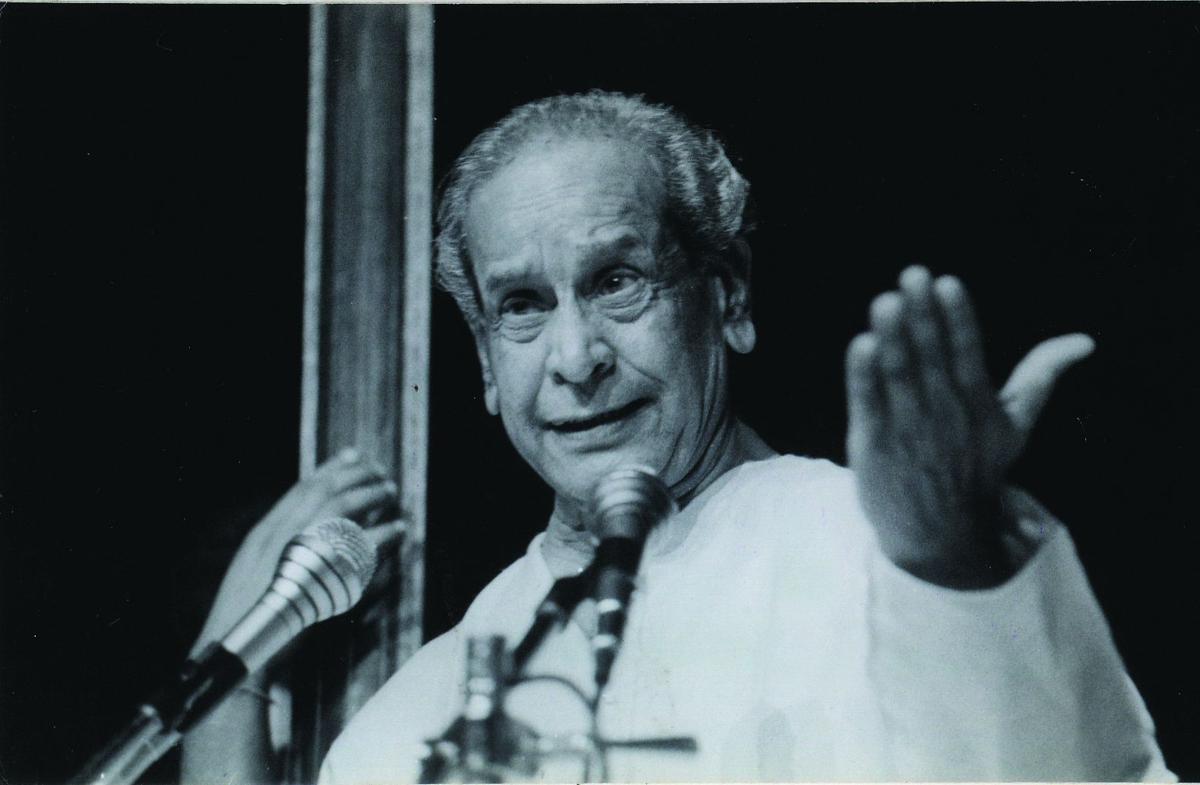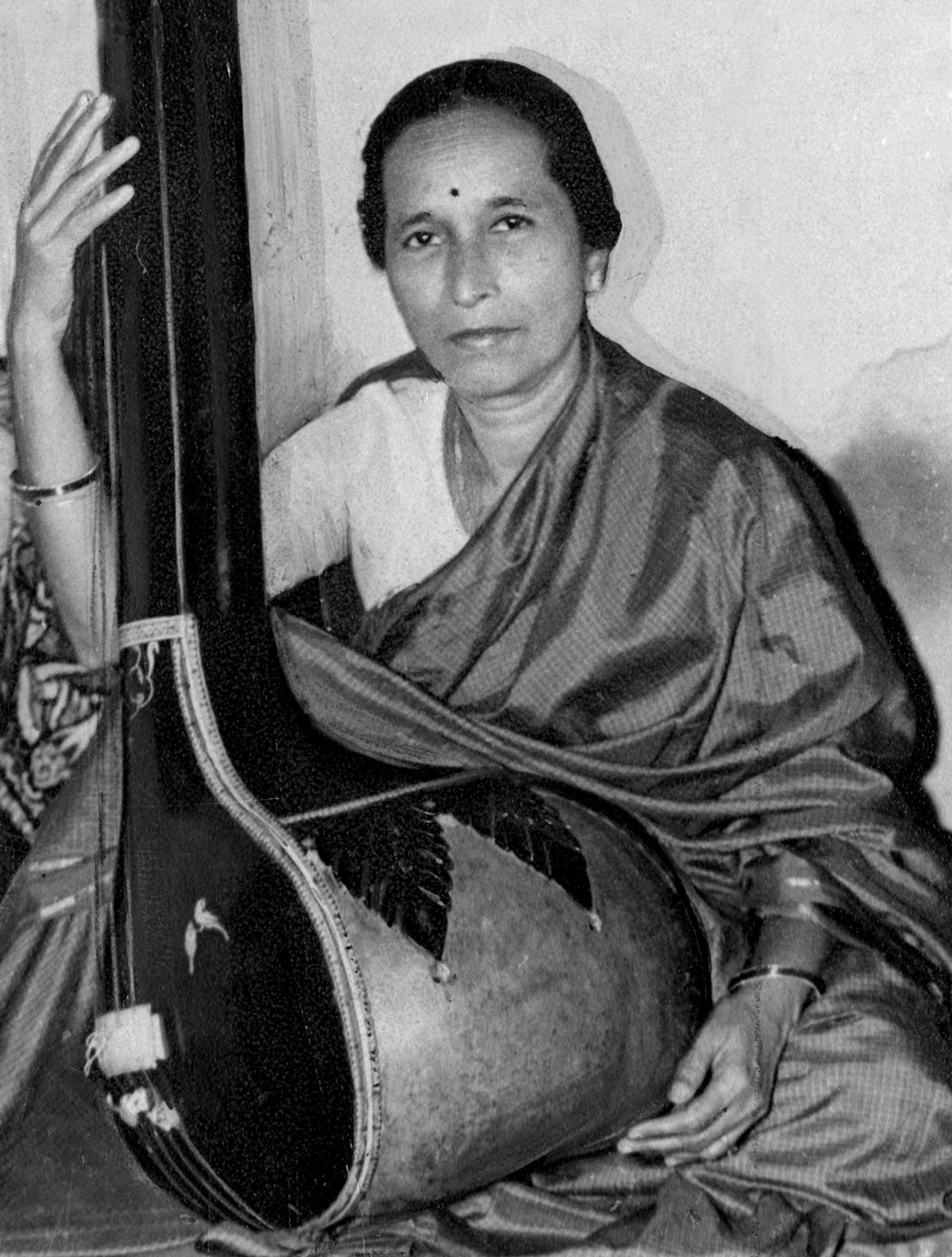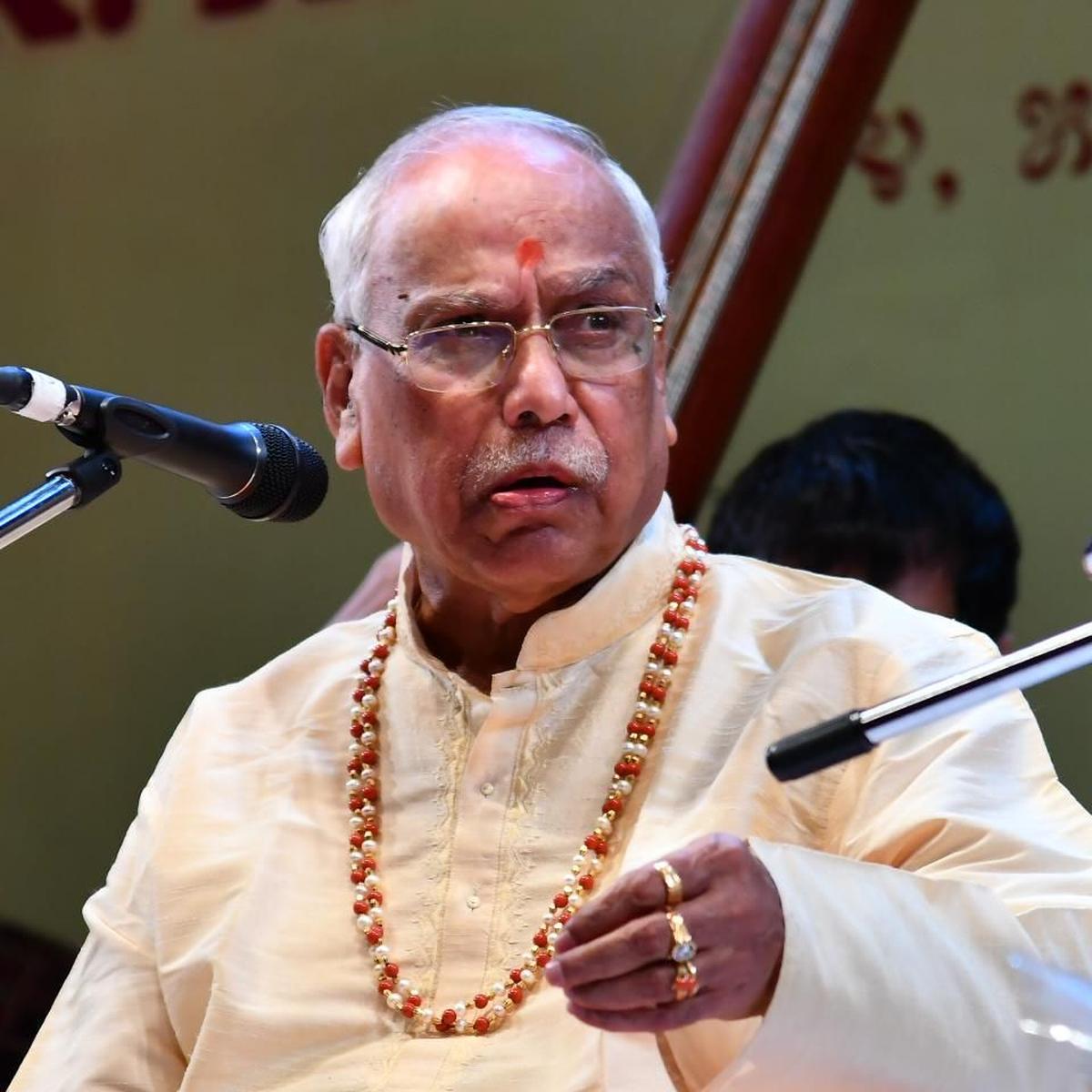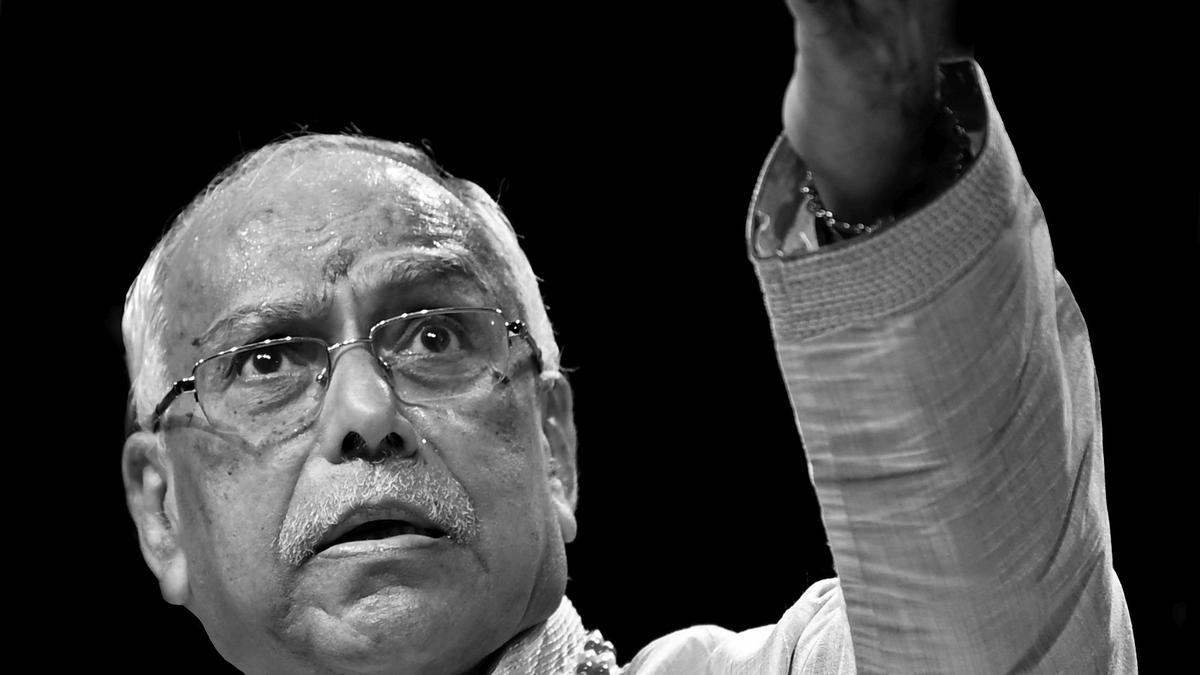The land of Dharwad is said to be special as it has given birth to musicians like Sawai Gandharva, Pandit Bhimsen Joshi, Vidushi Gangubai Hangal, Pandit Mallikarjun Mansur, Pandit Kumar Gandharva and Pandit Vasavaraj Rajguru. Pandit Vinayak Torvi also hails from this place. Born on the auspicious day of Ganesh Chaturthi on September 4, 1948 in the family of Harikatha Vidwan Kirtan Kesari Malhar Rao Torvi, he hails from the musical lineage of Dharwad. Pandit Vinayak Torvi’s powerful rendition of Khayal amazes music lovers, while his rendition of light-hearted music captivates them for its artistic insight and clean lyrical content.
Vinayak Toravi trained in the rigorous Gurukula system and later received his early education from Pandit Bhimsen Joshi. He holds a Masters in Music from Karnataka University, Dharwad, where he trained under Pandit Mallikarjun Mansur, Pandit Vasavaraj Rajguru and Gangubai Hangal. He also holds an Honorary Doctorate from Dr. Gangubai Hangal University of Music and Performing Arts, Mysore. Pandit Vinayak Toravi also has some prestigious awards to his name – the Sangeet Natak Akademi Award, the Arya Bhatt International Award and the Kirana Gharana Award. Having learned from some of the great musicians, Pandit Vinayak Toravi has groomed many disciples who have become full-fledged performing artists.
To celebrate his 75th birth anniversary and a life filled with music, his disciples and well-wishers recently organized the ‘Amrit Mahotsav’ which featured concerts by eminent musicians like N. Rajam, Pt. Yogesh Shamsi, Pt. Ram Deshpande and Vidushi Ashwini Bhide.
After celebrating the occasion with a series of concerts in Pune, Mumbai, Dharwad, Varanasi, San Francisco (USA) and Bengaluru, the final stop will be at the India International Centre in Delhi on September 21. It will feature Pandit Nayan Ghosh and Dattatreya Velankar, a disciple of Pandit Vinayak Toravi.
Pandit Vinayak Toravi, renowned for his khayal singing, recalls his years of training under various gurus and how he incorporated the styles of different gharanas into his singing. Excerpts from the interview.
Pt. Vinayak Toravi mastered the art of blending styles from different gharanas. Photo Credit: Dhananjay Hegde.
Q: Being born in the family of Harikatha scholar and Kirtankar Pandit Malhar Rao Torvi, how did it benefit you as a classical singer?
Answer: This was the first and most important step of my musical journey. I was fortunate that I was not only born in a family of Kirtankar but also got a chance to learn the nuances of Kirtan from my father. Kirtan art is a folk art, which is the basis of classical music. Many ragas and raginis have originated on the basis of Kirtan. Kirtan art includes all the emotions of Ashta-Pilu including singing, playing, dancing, drama, bhaav, laya, layakari and tarana. It is said that in the Gwalior Gharana, Kirtan was taught to those who wanted to learn music as the first step to learning music. My father had a natural interest in Kirtan art and I was fortunate that he was my first music guru.
Why:Your guru, Gururao Deshpande, was from the Gwalior gharana, while Pandit Bhimsen Joshi was from the Kirana gharana. How did you handle this difference as a young student?

Pt. Bhimsen Joshi, under whom Pt. Torvi learnt Kirana gharana singing. | Photo courtesy: The Hindu Archives
A: The Gwalior gharana is the cradle of all gharanas. It has the innate ability to absorb and incorporate the finest features of other gharanas including the Kirana gharana. I had the good fortune of learning under two gurus without any difficulty, as Pandit Bhimsen Joshi was closely associated with Gururao Deshpande, who in turn was closely associated with Ustad Abdul Karim Khan sahab, the crown jewel of the Kirana gharana. He used to accompany Khan sahab in singing during his concerts. This is how the Kirana gharana gayaki influenced Gururao’s gayaki (singing style). And this Tradition Helped me feel equally comfortable with both Gwalior and grocery.
Why:Apart from Gwalior and Kirana, your singing style also reflects the Jaipur and Agra gharanas. How did you mix all these in your singing?
A: My guru Gururao Deshpande was a great admirer of Ustad Faiyaz Khan sahab of the Agra gharana and was also a close associate of Kesarbai Kerkar, the leading singer of the Jaipur gharana. Hence, he incorporated the best aspects of both these gharanas in his singing style, making his renditions unique. Hence, I got a readymade mix of all the singing styles from Gururao ji.
Why:While pursuing your master’s degree at Karnataka University, you studied under Pandit Mallikarjun Mansur, Pandit Basavaraj Rajguru and Vidushi Gangubai Hangal. Did this help you create your own style or did it confuse you?

Gangubai Hangal was known as an exponent of khayal singing, a style of Hindustani classical music from Karnataka. | Photo Credit: The Hindu Archives
A: It was a rare and golden opportunity for me to receive training in different gharanas under one roof. I learnt the ragas from these stalwarts that were part of the syllabus, but were not taught to me by Gururao Deshpande ji. There was no question of getting confused, as I was already familiar with both the gharanas under the tutelage of Gururao Deshpande. His exposure at Karnataka University helped me improve my music.
Why:Tell us about including Vachan, Devvarnama, Bhajans and Marathi Abhangas in your music collection. And where do you get them from?
A: I learnt classical music from Gururao ji, but I was inspired by Pandit Bhimsen Joshi’s abhanga, bhajan and devarnam singing style. I learnt vachana singing while training under Mansoor ji and Vasavras Rajguru ji at Karnataka University.
Why:How would you define your singing?
A: I consider alaap to be the soul of my music; rhythm and beats to be the connecting link between the mind and the voice. I can mold my voice to suit the styles of different gharanas, allowing a wide range of connoisseurs to enjoy my music.

Pandit Vinayaka Toravi at a concert. | Photo Credits: Photo Courtesy: Dhananjay Hegde.
The intelligence of an artist lies in the selection of proper ragas. Apart from training under a qualified guru, the selection of proper ragas also lies in the intelligence of an artist. Riyaz Along with hard work and effort, an artist must have the skills to tailor the concert to suit the occasion. My philosophy is to sing to the best of one’s ability within the allotted time, regardless of the size of the audience. Also, having a Guru has benefited me in my musical journey as I learn many new things while teaching!
Published – September 20, 2024 11:52 am IST
